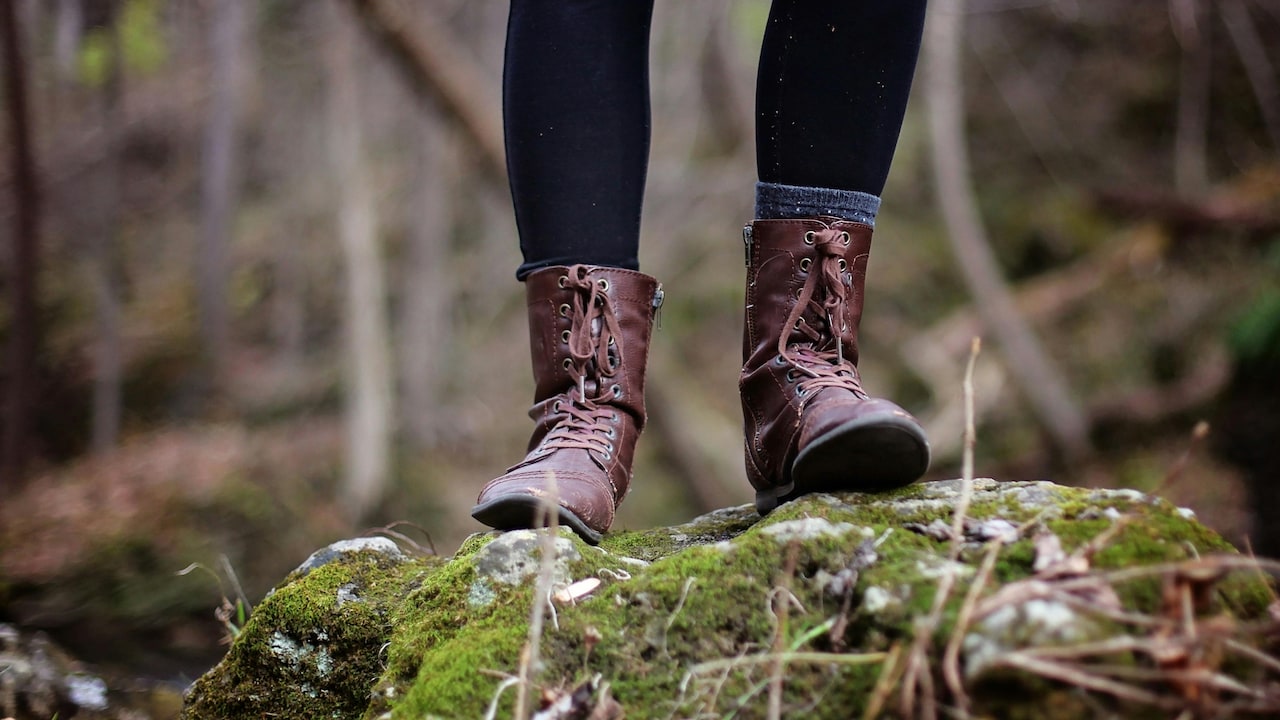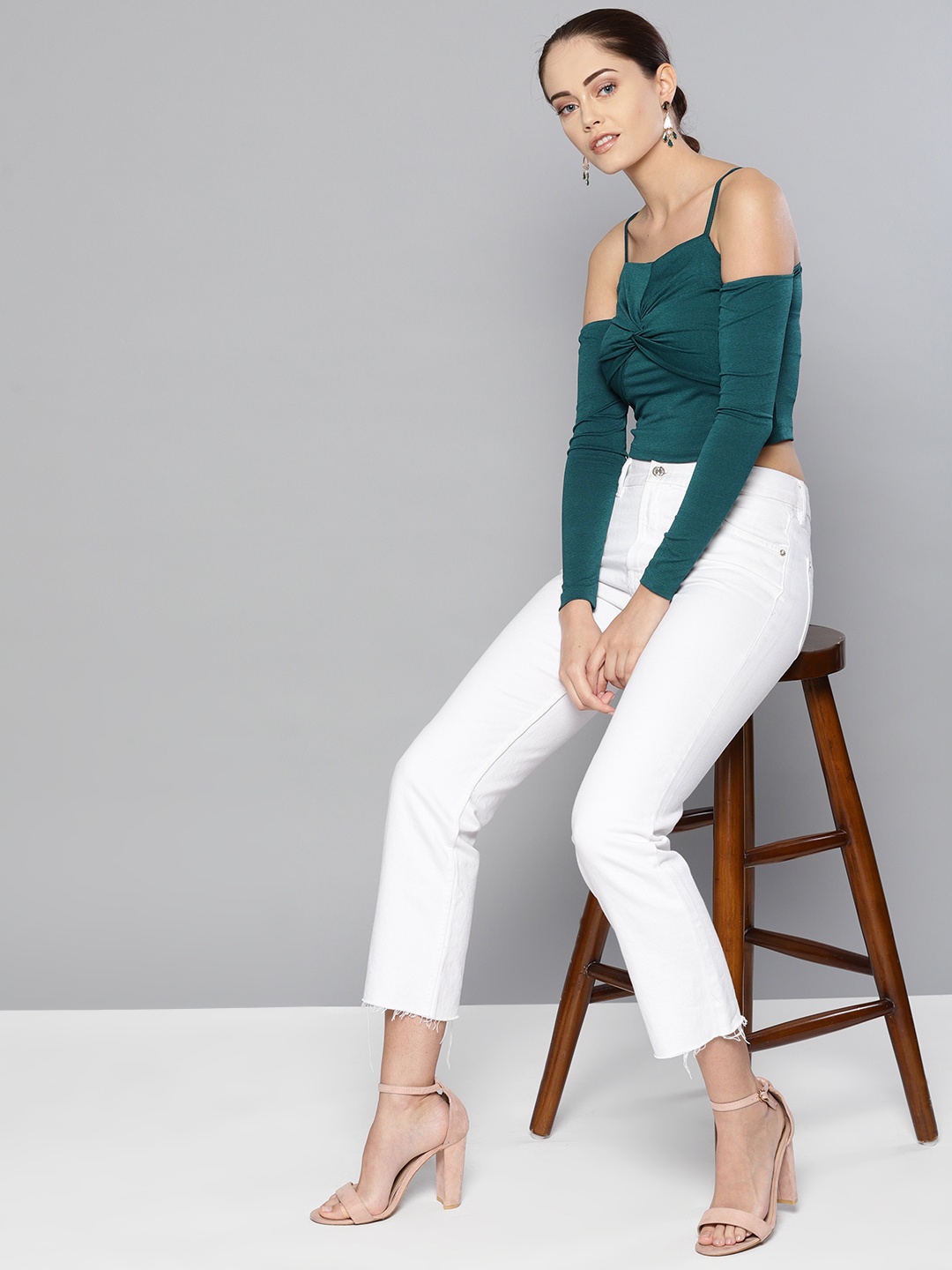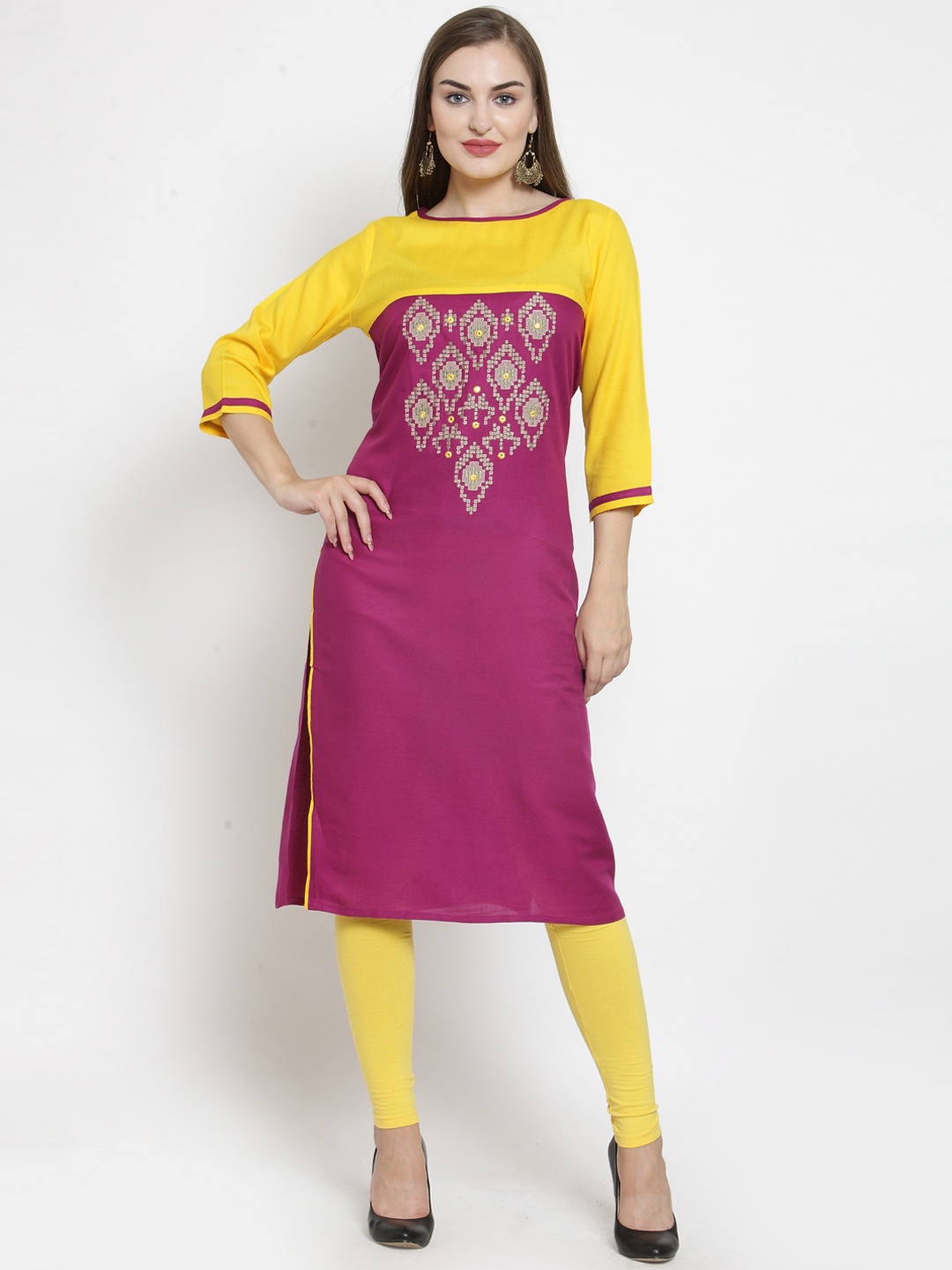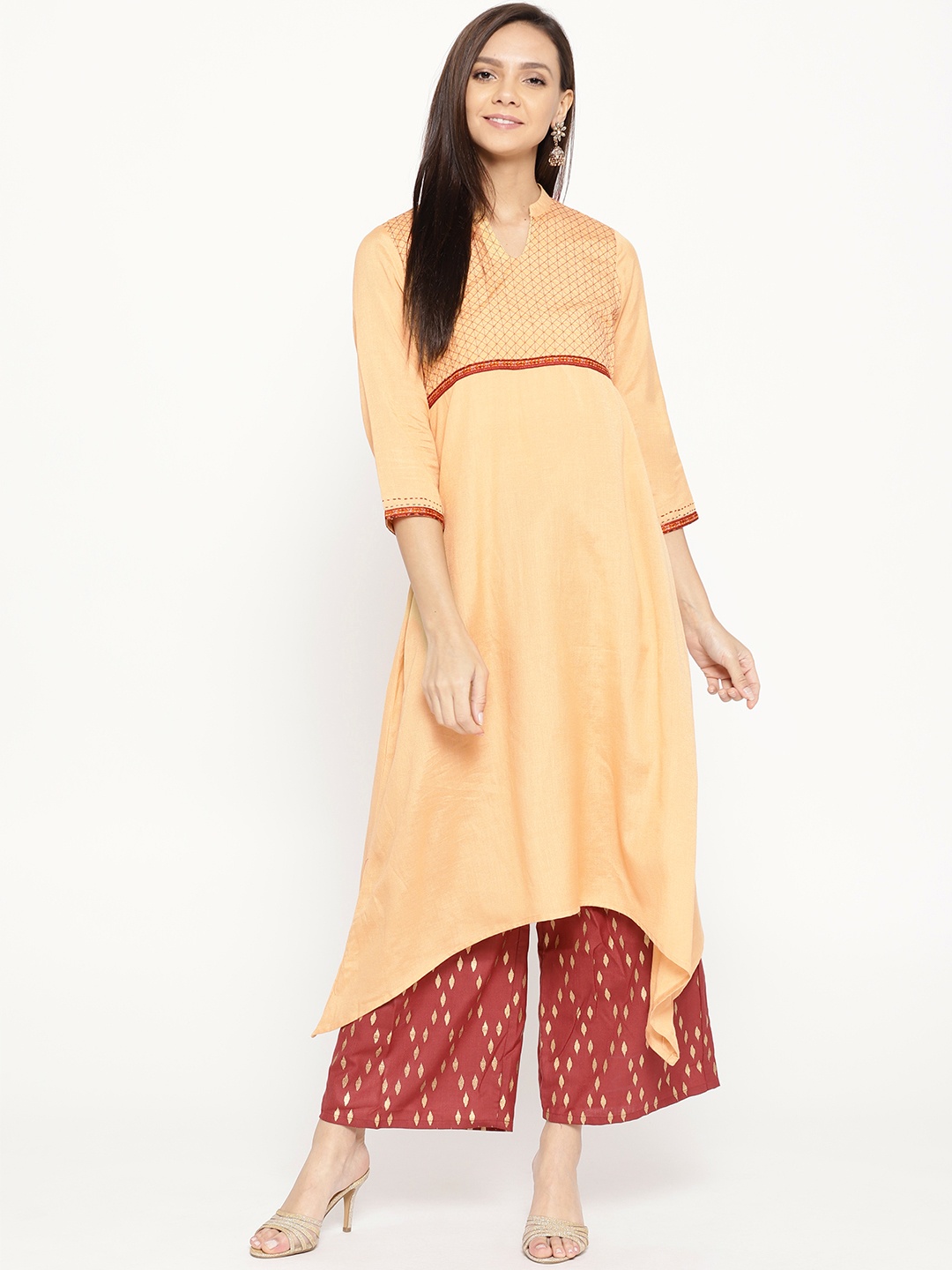Hiking Boot Guide: Top 10 Mistakes Shoppers Make And The Right Way To Choose
Many trail dreams fall apart because of one simple oversight: poor footwear choices. This guide explores the most common hiking-boot mistakes and how to avoid them, so every trek feels steady, supported and enjoyable. Here's how to pick the best hiking boots for trails wisely.

10 Hiking Boots Buying Mistakes Not To Make: How to Avoid Choosing Wrong Footwear for Trails.
A walk through the hills can feel almost magical. Crisp air, winding paths, and that quiet thrill when feet meet earth. Yet many outdoor journeys fall short of expectations because of one basic misstep: choosing the wrong boots. A good pair works like a loyal companion on rugged routes. A bad pair creates blisters, sore toes and a strong urge to quit halfway.

Use these buying tips to get the best hiking boots; Photo Credit: Pexels
Boot shopping often looks simple, but the small details matter more than most expect. Price, fit, design, usage, and care all shape the final experience. Even seasoned trekkers sometimes land in trouble after selecting boots that look perfect but behave differently on real terrain. This guide highlights ten common mistakes and how to avoid them. Each point helps create a more confident, comfortable and prepared trekker.
Whether strolling along gentle forest trails or tackling rocky slopes, the right footwear can uplift the entire journey. Here's all about how you can buy the best hiking boots for trails.
Also Read: Waterproof, Leather Or Suede: Explore Boots For Different Weather
The Biggest Blunders People Make While Choosing Hiking Boots
1. Choosing Style Over Comfort
Shop windows often display boots that look rugged and stylish, and the temptation grows stronger when designs appear sleek or trendy. Many people pick a pair simply because it “looks good,” forgetting that trainers judge shoes by performance, not appearance. A fashionable boot may suit a café outing but fail miserably on slippery mud or uneven stones.
Comfort must take priority while selecting footwear for outdoor travel. Trails demand stability, cushioning and grip. A boot that hugs the foot well offers confidence with every step. When toes feel cramped or heels slip inside the shoe, the walk turns into a struggle. The route may feel short, yet discomfort grows with each kilometre.
Trying boots in-store with thick trekking socks helps reveal the real fit. A comfortable boot encourages longer, happier walks, even when dealing with sharp climbs or shallow streams. Trail memories grow richer when feet feel at ease, and comfort delivers that luxury far better than style alone.
2. Ignoring Foot Shape and Fit
Feet come in many shapes, narrow, wide, high-arched or flat. Yet many shoppers assume most boots fit all feet. This assumption causes pain later. Every foot needs space to breathe and flex. When boots don't match the natural shape, toes rub, arches strain, and ankles revolt.
A snug fit feels supportive, but a tight fit suffocates. Toes need around a thumb's width of space. Heels need a firm hold without sliding. Many stores allow walk tests inside. Taking those few extra minutes helps detect pressure points. A short indoor stroll reveals whether joints feel free, whether steps feel natural, and whether the boot's shape suits the foot.
Ignoring these signals leads to trouble on trails. Blisters, black toenails and sudden muscle fatigue often trace back to a poor fit. Choosing a shape that matches the foot prevents these issues. Boots should feel like a natural extension of the body. When fit aligns well, travellers move more confidently and enjoy every stretch of the journey.
3. Buying the Wrong Weight Category
Some assume heavier boots prove stronger, while others chase ultra-light models for convenience. Neither approach works for everyone. The weight of a boot changes the rhythm of a trek. Heavy boots offer sturdiness but tire legs faster. Light boots feel nimble but may not handle tough terrain.
Understanding personal trekking habits helps select the right weight. Day hikers who stick to easy or moderate routes often enjoy lightweight boots. Weekend adventurers tackling mixed terrain may prefer mid-weight designs. Multi-day trekkers carrying heavy backpacks often need robust boots that offer greater ankle support.
A mismatch creates unnecessary strain. A heavy boot on a simple trail feels like dragging weights, while a flimsy boot on harsh slopes struggles to protect feet. Trying boots while walking around the store helps sense the natural rhythm. When weight aligns with the trekking style, every step feels easier, and energy lasts longer. A balanced choice ensures comfort and confidence from start to finish.

Always check the right weight category before buying; Photo Credit: Pexels
4. Skipping Waterproofing Considerations
Many buyers skip waterproof options because the weather feels dry at that moment. Yet trails rarely behave predictably. A sudden drizzle, a dew-covered slope or a shallow stream can leave feet soaked for hours. Wet socks invite blisters and ruin the mood.
Waterproof boots shield feet during surprise weather changes. But it's important to check breathability as well. Some waterproof models trap heat, making long walks feel sweaty. Breathable waterproof membranes help balance protection and comfort. Shoppers must understand their typical trail environment. Humid forests, monsoon hikes or mountain paths with melting snow demand reliable waterproofing.
A good test involves checking the boot material and construction. Integrated waterproof liners offer better results than surface coatings. When chosen wisely, waterproofing maintains comfort, reduces discomfort and protects skin. A dry foot stays happy on long routes, even during unpredictable weather.
5. Overlooking the Sole and Grip Quality
The sole acts as the direct link between the trekker and the terrain. A strong, grippy sole reduces slips, supports stability and protects joints. Yet many people focus only on upper material or design, forgetting that the sole determines actual trail performance.
Different terrains demand different kinds of grip. Rocky paths need deeper lugs. Forest floors full of roots and leaves require wide-pattern grips. Smooth slopes need sticky rubber that clings well. When the sole lacks strength or traction, every downward step feels risky. Slips can cause minor bruises or even serious injuries.
Pressing the sole lightly with a finger reveals flexibility. A stiff sole provides stability on rough routes. A slightly flexible one suits casual trails. By studying sole patterns and rubber quality, buyers understand how the boot behaves outdoors. A good grip turns every step into a confident stride, helping trekkers enjoy scenic paths without fear of tumbling.
6. Forgetting to Match Boots With Trail Type
Not all outdoor routes share the same personality. A gentle lakeside path feels very different from a steep forest incline. Yet many choose one generic boot for all experiences. The result often includes discomfort, sore ankles and reduced confidence on unfamiliar surfaces.
Trail type influences boot design. Lightweight models suit morning walks, small hills and quick nature breaks. Mid-cut boots offer balance for moderate slopes and mixed terrain. High-ankle boots suit long expeditions, rocky climbs and backpack-heavy journeys. Matching the boot to the trail ensures smoother, safer steps.
Researching typical trail conditions helps immensely. Many popular routes around the country vary greatly, some offer muddy monsoon patches, while others include sun-baked stones and loose gravel. When boots match the trail's personality, movement feels natural. The trek transforms from a tiring task to a rewarding experience.

Consider the trail type when buying your new shoes; Photo Credit: Pexels
7. Not Considering Local Climate
Weather plays a bigger role than most expect. Buying a warm, insulated boot for a tropical climate creates sweaty discomfort within minutes. Picking a lightly ventilated pair for cold hill stations leads to chilly toes. Local climate shapes what the feet need.
Warm regions demand breathable boots. Mesh panels and air-friendly designs help feet stay cool. Hill destinations require insulation and warmth. During monsoons, waterproofing becomes essential. Many underestimate how sweat inside boots affects performance. Moist skin softens faster, making it prone to blisters.
Climate-appropriate boots maintain dryness, warmth or ventilation depending on the season. Checking material before buying helps prevent future regret. Understanding how the boot handles heat, moisture or cold contributes to a smooth experience. When climate and boot design align, the journey feels far more enjoyable.
8. Buying the Wrong Size for Socks Used
Many try boots wearing thin casual socks in the store, only to wear thick trekking socks later. This leads to tightness, toe pressure and discomfort during the actual trek. Footwear size depends heavily on the type of socks used.
Thicker socks expand foot volume. Trying boots with trekking socks prevents size confusion. A boot that fits well with the right sock maintains comfort on long routes. It also keeps heels secure while allowing toes room to move. When size mismatches happen, blisters and bruised toenails follow.
Carrying trekking socks during shopping helps avoid these troubles. Foot shape changes slightly during the day as well. Shopping in the evening gives a more accurate sense of size because feet usually expand a little. These small steps allow buyers to find the perfect size without future discomfort.
9. Ignoring Break-In Time
Many assume brand-new boots feel perfect from the first day. Trails prove otherwise. Fresh footwear often feels stiff and needs time to soften. Wearing new boots directly on a long trek invites blisters, hot spots and muscle strain.
Break-in time teaches boots to follow natural foot movement. Short evening walks, neighbourhood strolls or small park loops help boots adjust. The material softens, and the foot develops a comfortable rhythm. This short preparation prevents pain during real treks.
Rushing into a long hike with new boots often ends with frequent halts, slippery strides or a strong urge to remove the shoes midway. A little patience during break-in saves both trouble and money. Comfortable boots feel like trustworthy partners, and that trust grows only after they mould to the feet.

Don't let your hike be the first time you wear your new boots; Photo Credit: Pexels
10. Choosing Price Over Purpose
Budget matters, but choosing the cheapest option often creates long-term expenses. Low-quality boots wear out faster, offer poor support and cause discomfort. Spending ₹1,500 less today leads to spending much more later, sometimes even on medical bills for ankle sprains or severe blisters.
Purpose-driven choices matter. Someone planning frequent hill visits needs durable boots with strong soles and ankle support. Those going on occasional nature strolls may choose simpler models. Purpose should guide spending. Quality footwear lasts years, making the cost feel justified.
Shops often showcase discounts. While offers feel appealing, the real value lies in performance. Checking stitching, sole strength, padding and fit helps determine worth. When purpose guides the purchase, the boots serve well and enrich every outdoor moment.
Products Related To This Article
1. asian Hiking/Snow Trekking
2. NEW LIMITS Adventure Riding, Trekking & Hiking Boots For Men
3. Vellinto Vellinto SQUIRTER Outdoor Boots For Men ll Casual Miliatry Boots For Men Boots For Men
4. GOLDSTAR Jungle Boot Boots For Men
5. Wildcraft Sphere 2 Boot Low Ankle Hiking & Trekking Shoes For Men
Great hikes often begin with great footwear. The right boots turn every trail into a joyful experience, while the wrong ones test patience and resilience. By avoiding common mistakes, whether related to fit, climate, design, budget or preparation, every trek feels smoother and more enjoyable. Trails across the country offer stunning views and refreshing escapes from daily routines. With a thoughtful choice of boots, every traveller can explore them with confidence, comfort and a happy heart.
If you'd like, the full article can also be converted into a shorter blog-ready version, a social-media caption, or even an infographic outline.
(Disclaimer: This article may include references to or features of products and services made available through affiliate marketing campaigns. NDTV Convergence Limited (“NDTV”) strives to maintain editorial independence while participating in such campaigns. NDTV does not assume responsibility for the performance or claims of any featured products or services.)
























